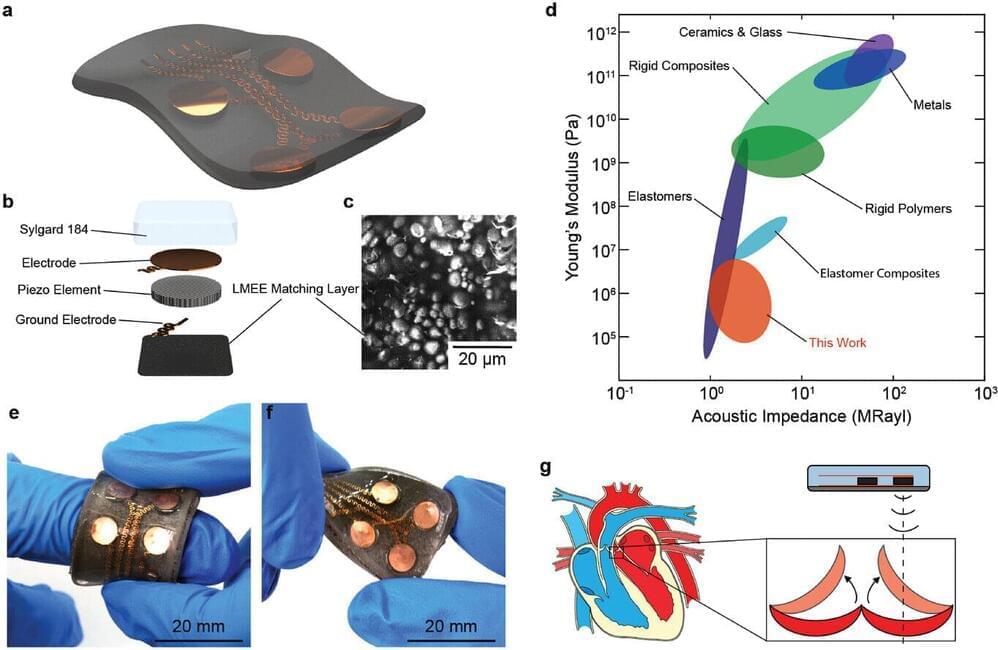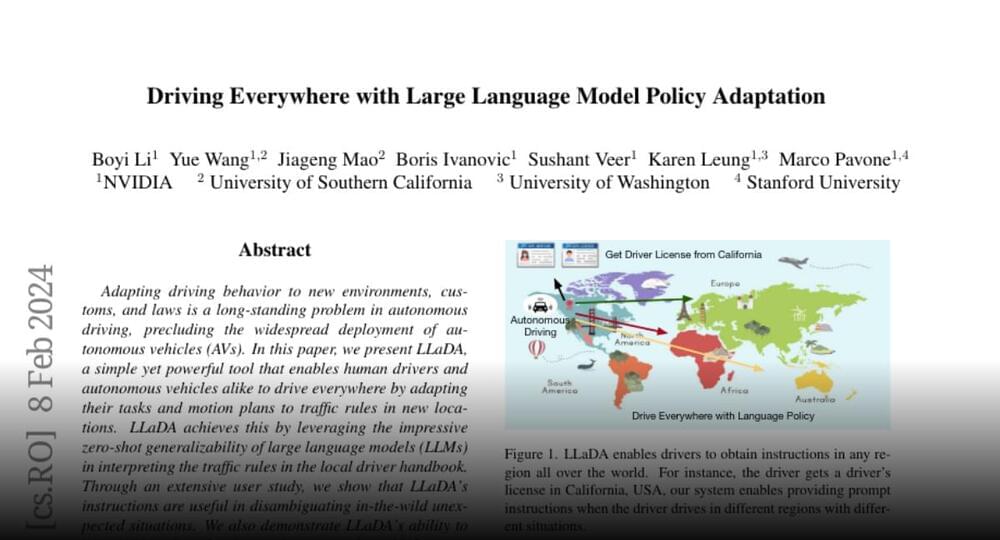Robotic exoskeletons designed to help humans with walking or physically demanding work have been the stuff of sci-fi lore for decades. Remember Ellen Ripley in that Power Loader in “Alien”? Or the crazy mobile platform George McFly wore in 2015 in “Back to the Future, Part II” because he threw his back out?
Get the latest international news and world events from around the world.
Can AI improve soccer teams’ success from corner kicks? Liverpool and others are betting it can
Last Sunday, Liverpool faced Manchester United in the quarter finals of the FA Cup—and in the final minute of extra time, with the score tied at three-all, Liverpool had the crucial opportunity of a corner kick. A goal would surely mean victory, but losing possession could be risky.
A snake-like robot designed to look for life on Saturn’s moon
A team of roboticists at California Institute of Technology’s Jet Propulsion Laboratory, working with a colleague from Carnegie Mellon University’s, Robotic Institute, has developed a snake-like robot to investigate the terrain on Enceladus, Saturn’s sixth-largest moon.

Liquid metal may point way to wearable ultrasound devices
The best-known byproduct of ultrasound—so named because its frequencies exceed the range of the human ear—is, in fact, not audio but visual: 2D imagery, often of a fetus maturing in the womb. But ultrasound has also found a place in other corners of the medical realm, from assessing blood flow to examining suspicious lumps and diagnosing disease.
Who wrote this? Engineers discover novel method to identify AI-generated text
Computer scientists at Columbia Engineering have developed a transformative method for detecting AI-generated text. Their findings promise to revolutionize how we authenticate digital content, addressing mounting concerns surrounding large language models (LLMs), digital integrity, misinformation, and trust.

Driving Everywhere with Large Language Model Policy Adaptation
Nvidia presents Driving Everywhere with Large Language Model Policy Adaptation LLaDA is a simple yet powerful tool that enables human drivers and autonomous vehicles alike to by adapting their tasks and motion plans to traffic rules.
Nvidia presents Driving Everywhere with Large Language Model Policy Adaptation.
LLaDA is a simple yet powerful tool that enables human drivers and autonomous vehicles alike to by adapting their tasks and motion plans to traffic rules.
Paper page: https://huggingface.co/papers/2312.14150)
Join the discussion on this paper page.


Sam Altman Says AI Using Too Much Energy, Will Require Breakthrough Energy Source
The process is ludicrously energy intensive, with experts estimating that the industry could soon suck up as much electricity as an entire country.
So it shouldn’t come as a surprise that OpenAI CEO Sam Altman is looking for cheaper alternatives. During a Bloomberg event at the annual World Economic Forum in Davos, Switzerland, the billionaire suggested that the AI models of tomorrow may require even more power — to the degree that they’ll need a whole new power source.
“There’s no way to get there without a breakthrough,” Altman told audiences, as quoted by Reuters. “It motivates us to go invest more in fusion,” adding that we need better ways to store energy from solar power.
Daniel Dennett — Philosophy of Free Will
Get free access Closer to Truth’s library of 5,000+ videos for free: http://bit.ly/376lkKNFree will is a classic and perennial problem in philosophy. It is a…

Your Blood Could Be Aging Your Brain, Increasing Risk of Dementia
Our brains change more rapidly at various times of our lives, as though life’s clock was ticking faster than usual. Childhood, adolescence and very old age are good examples of this.
Yet for much of adulthood, the same clock seems to tick fairly regularly. One lap around the Sun; one year older.
However, there may be a stage of life when the brain’s clock starts speeding up. The brain starts changing without you necessarily noticing it. It may even be caused (partly) by what’s in your blood.